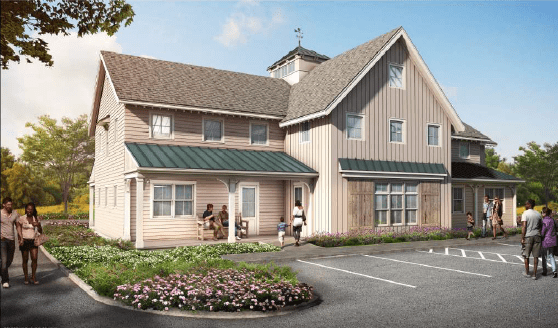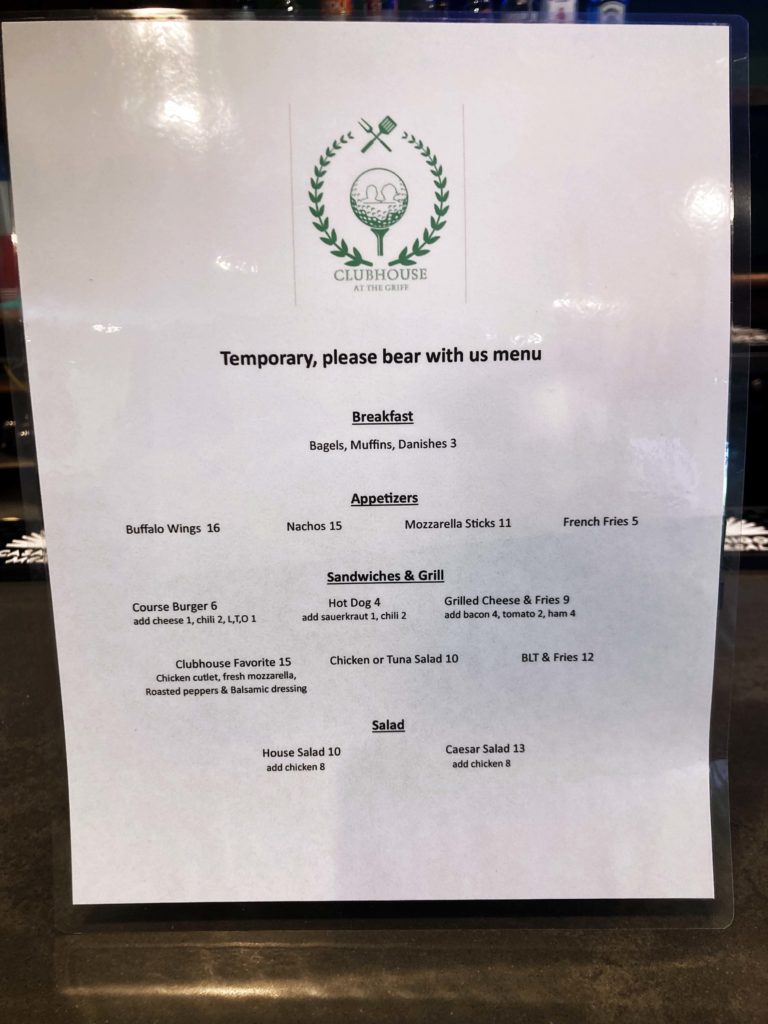

By Chéye Roberson
Sentinel Correspondent
The Greenwich Planning and Zoning Commission voted unanimously on Tuesday night to approve an application to allow Neighbor to Neighbor to build a new facility on the portion of Tomes-Higgins property owned by Christ Church.
The location of the approved building, adjacent to the historic Tomes-Higgins House, sparked opposition from its neighbors living in Putnam Hill and Putnam Park apartment buildings as well as others who would rather see the green area around the p Tomes-Higgins House preserved as a historical landmark of Greenwich, since it sits in the Putnam Hill Historic District.
The Tomes-Higgins House was designed by Calvert Vaux, a British-American architect of the 19th century who co-designed of New York’s Central Park with Frederick Law Olmsted.
“The whole process took over 45 minutes, the majority of which was spent discussing the balance between impacts and a charity, whose benefit to the community is undisputed regardless of where one stood on the proposed application,” said Katie DeLuca.
Neighbor to Neighbor, which helps feed and clothe the financially struggling families of Greenwich, has been operating out of the basement of Christ Church since its founding in 1975. However, the recession of 2008 caused Neighbor to outgrow its space.
“We really go back eight years on this project,” said Pam Kelly, the building commission chair for Neighbor. “It goes back to the recession of ’08-’09, when we experienced enormous growth to where the space was unworkable. We’ve been looking at places since back then.”
Throughout the course of the application process, the commission made suggestions to soothe some of the concerns coming from residents in opposition.
“The lights have to be out at six o’clock,” said Kelly. “The weekly deliveries are limited to five per week. If we feel we need more deliveries, we have to go back to the planning and zoning commission, but I don’t see that being a problem.”
Neighbor has also agreed to eliminate two parking spaces in the rear of the building.
“I appreciate wanting to protect the green space and nobody wants a new building going up next door they rather it be open lawn, but when the neighbors see the building and how well maintained it’s going to be, I think they will be satisfied,” said Kelly.
The commissioners also required the removal of a cupola from the planned structure, which lowered the building’s height about 32 feet and would have emitted light that could have disturbed the neighbors.
At the meeting Richard Maitland, the Planning and Zoning Commission chairman, said that he felt the cupola clashed with the prominence of the Tomes-Higgins House.
Members of the commission pointed out other ways that the property could be used, which might have proved more problematic to neighbors than the food pantry and clothing donation facility will.
“The commission noted that the underlying R-20 zone would permit five residences and that would have a greater impact on green space, lesser setback, and greater height than those proposed,” said DeLuca.
Maitland quoted a report from the State Historic Preservation Office at length, which stated that the historical preservation of the Tomes-Higgins property had already been compromised by the construction of residential units.
Nancy Coughlin, the executive director for Neighbor, said that the new building will allow the organization to continue serving the Greenwich area residents in the dignified setting they deserve.
“It will be ADA-compliant, allowing clients with limited mobility, seniors and those with small children to access our services,” she said. “ It will allow donors to drop off clothing and houseware donations without having to navigate steep and sometime slippery stairs. It will have adequate storage and electrical capacity, allowing us to provide more efficient service and more fresh produce rather than canned fruits and vegetables. This will improve our clients’ overall health and well-being.”




